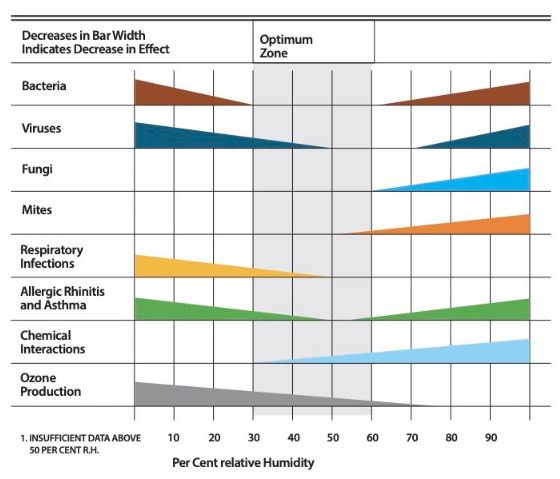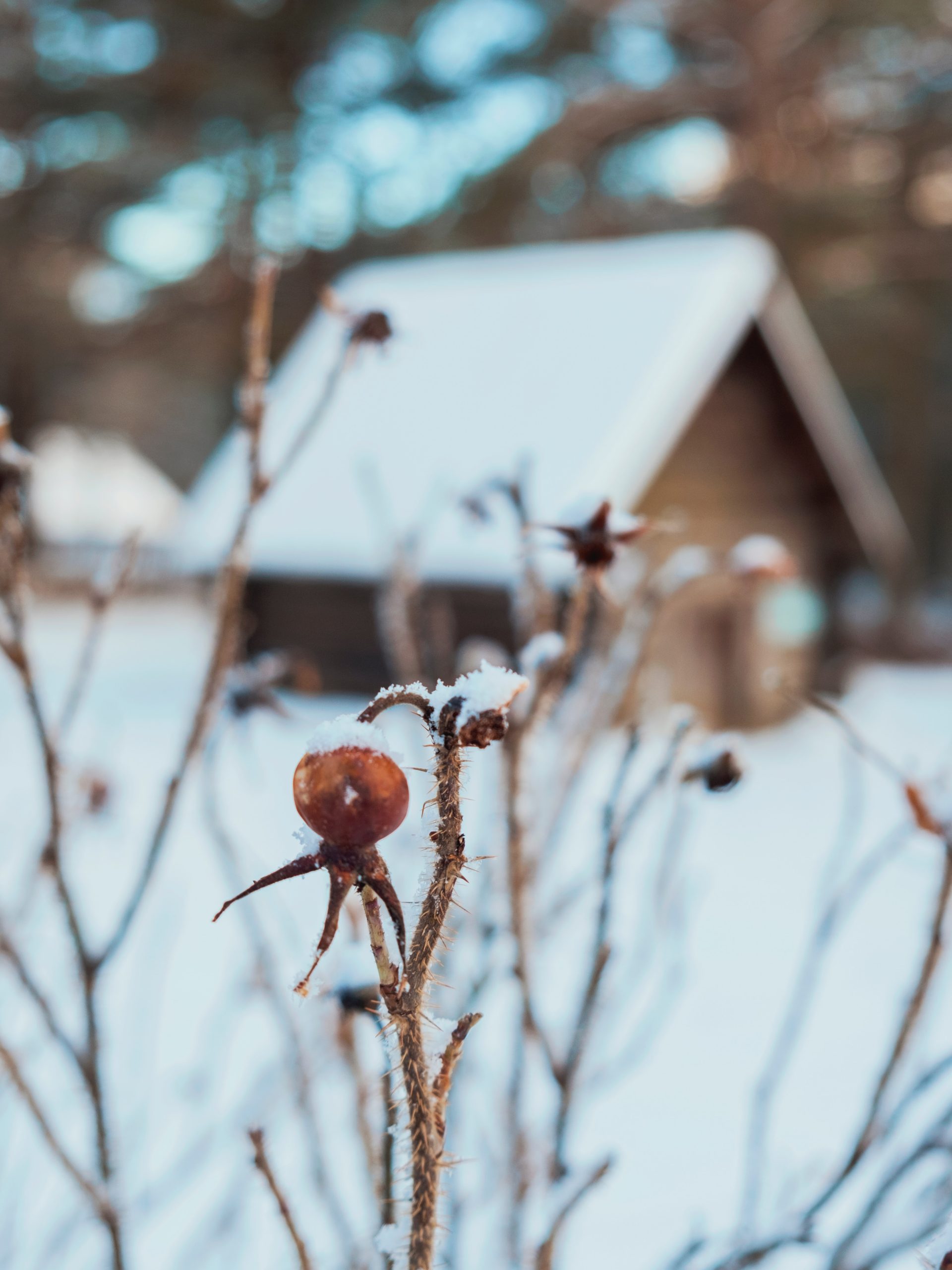The Truths about Winter Air
The Truths about Winter Air
In the southeast US, I really enjoy the coolness of fall and winter after a long hot summer. Winter air feels fresh and clean, but why is that? And is it always fresh and clean? What about humidity? What about static electricity?
There are so many reasons that winter smells are different!
Our sense of smell relies on several things: odor molecules, and our noses’ smelling equipment.
- Molecules within air, including odor molecules, move more slowly in colder weather, so we are less likely to receive good or bad odor molecules. (wonderopolis.org)
- Volatile Organic Compound (VOC) emissions slow down at colder temps. Many VOCs (like terpenes) have strong smells, but less so with lower temperatures.
- Humid air is generally better at trapping and delivering odorants through the atmosphere, and better at depositing those particles to the associated olfactory receptors. Winter air is drier and therefore delivers odors less efficiently. (seeker.com)
- We perceive less smells in cold air because the receptors and vessels within our noses are constricted. This means two things: they move more deeply into our nasal passages, and fewer fragrant molecules can travel through them.
- There is a nerve in the human body that gets stimulated when breathing in cold air called the trigeminal nerve. This nerve is responsible for the tingly sensations caused by spicy food and mint. This could be a reason as to why the smell of cold air is associated with “fresh” and “clean”. (tonichealth.co)
What about air pollution in the winter?
Surprisingly, air pollution can be worse during the winter than the summer! This happens when something called an “inversion” forms. There are several different types of inversions (which are well-explained in this video from the University of Illinois Extension), but they all involve a warmer layer of air above a cooler layer of air, restricting air movement and causing pollutants to be trapped near the earth’s surface. For example, a city located in a valley and close to a mountain is more liable to experience temperature inversion than other cities. The cold air is denser and heavier; therefore it often slides down the mountain slope and ends up in a valley, leaving the warmer air above. (airlief.com) Inversions can last from several hours to several days.
In addition to inversions, the burning of fossil fuel increases during the winter. Industrial sources stay roughly the same throughout the year, but household heating and emissions from the vehicles are getting higher during the colder days of the winter. In lower income countries, where it’s normal to burn garbage and coal for heating, the levels of PM2.5, carbon monoxide and other toxins increase significantly. (airlief.com)
“Stubble burning” is a practice in India during April-May and October-November each year, where farmers set their fields ablaze after harvest to clear the ground for the next crop. It produces horrible air pollution in Delhi and other cities. Unfortunately, lack of education on the damage to soil by burning and some profitable alternatives for the stubble cause farmers to continue the practice, despite the pollution. (sciencedirect.com) Surprisingly, stubble burning is tolerated and even regulated in some countries like Australia and Canada (wikipedia).
(Lack of) Humidity in winter air causes dehydration
Cold air can hold less water vapor, which is the cause of lower relative humidity of winter air. This drier air can literally suck the moisture out of your body in a myriad of ways. (performancehealthcenter.com)
- In cold weather, the body’s thirst response is diminished (by up to 40%) even when dehydrated. (study) This happens because our blood vessels constrict when we’re cold to prevent blood from flowing freely to the extremities. This enables the body to conserve heat by drawing more blood to its core. Maintaining the body’s core temperature becomes more important than fluid balance, but because of this, the body is fooled into thinking it’s properly hydrated. Thus, in cold weather, we are less likely to drink water due to diminished thirst.
- Our kidneys aren’t signaled by regulating hormones like they normally are to conserve water and therefore urine production increases, a condition called cold-induced urine diuresis.
- Nasal passages can dry out even though they feel like they are being flooded with moisture because of condensation (cold air hits warm nostril and water vapor instantly condenses!)
- We don’t even realize we are sweating because sweat dries quickly in cool, dry air. The added weight of boots, heavy jackets, and layers of warm clothing help our bodies conserve heat, yet make the body work harder and may lead to producing more sweat than usual, yet this increased perspiration evaporates quickly in the cold dry air, so we often do not realize we are sweating.
Therefore, it’s super-important that you drink as much or more water during winter than summer.
Here’s are some suggestions:
- Don’t rely on caffeinated hot beverages to fill you up! Drinks like coffee and hot chocolate are actually diuretics (they pull water from your body). If you need to drink something hot to warm up, try herbal tea, hot water with lemon and honey, or warm milk.
- Carry room-temperature water in insulated bottles so that it doesn’t chill into an icy drink. Although drinking cold water can feel invigorating and increase alertness, it has more negative consequences in your body including thickened nasal mucus, increased blood pressure, teeth sensitivity, and headaches. (svalbardi.com)
- Drink water before, during and after you exercise!
- Wear layers and try to be aware when you start to sweat, to adjust them accordingly.
- Juicy fruits and vegetables and broth-based soups can increase your hydration.
Humidifiers should not be the first choice to increase humidity in the home.
According to energyvanguard.com, “the cause of dry air in winter is air leakage, so air sealing is the first and best way to keep your humidity from going too low.” Because running a humidifier is not free, the newly humidified air leaks out just as fast as dry air comes in. It’s a losing battle! In addition, humidifiers need to be chosen and used judiciously because they can breed mold, and increase PM2.5 in the air (check out our post here). They can also cause condensation and mold problems in the building itself.
What about static electricity?
It’s true, shocks from static electricity are worse in the wintertime because of lower relative humidity. Static electricity is a buildup of ions in a body, and the lack of moisture in the air allows them to stay put until you touch something that “grounds” you like a metal doorknob. That’s because dry air is an insulator, not a conductor. There are several ways you can reduce static electric shocks during the winter:
- Wear more cotton clothing, because wool and synthetics tend to be insulators. Cotton absorbs more moisture from the air, though, so this can work against you in cold temperatures.
- Leather-soled shoes will “ground” you more than rubber-soled shoes, because rubber is an insulator.
- Dryer sheets can reduce static cling by equalizing electrons formed by clothes rubbing together, but many are not recommended to use because respiratory, developmental, endocrine, and reproductive effects. (for example Bounce Sping Fresh Dryer Sheets, ewg.org) Amazingly, you can combat static in your dryer instead by crumpling up a few pieces of aluminum foil into balls and throwing them into your dryer with your clothes, to keep them static-free and separated. (Dryer Sheet Alternatives)
- Use a bipolar ionizer in your home, such as the Whole Home Polar Ionizer, Air Angel or Germ Defenders. These devices release a balance of positive and negative ions into the air, which help to equalize the charge in your body and sanitize surfaces. It’s a win-win, which leads us to our last truth:
Winter air allows pathogens to stay afloat and viable for longer
Researchers have known since at least 2010 that epidemics of influenza almost always followed a drop in air humidity. (study) The reasons for this are several: dry air allows the virus particles to float for longer times in the air, and since water vapor in the air may deform the virus’ surface, lack of water vapor keeps its infectious weaponry intact. (BBC.com) According to the Sterling Chart below, (from a 1986 paper titled, Indirect Health Effects of Relative Humidity in Indoor Environments) you can see how the optimum humidity to ward off bacteria, fungus, and respiratory infections would be about 40-60%, but avoid going higher because of condensation and mold issues. Keeping our homes sealed from the ingress of dry air and our bodies hydrated will be the best bet to landing in that zone!
Source: energyvanguard.com
After reading this article, you may be a little disappointed in winter air, but with awareness about the possibility of increased air pollution, dehydration and static electricity, you can take precautions and enjoy it just as much as any other season!
Photo by Julia Solonina on Unsplash


